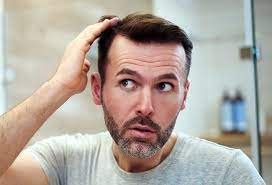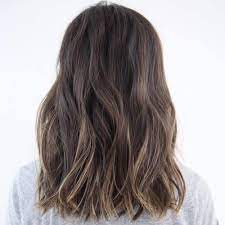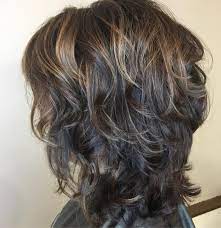
Hair loss is a natural part of aging, but a receding hairline can be concerning. In this article, we will explore the causes of receding hairlines and discuss various treatments and lifestyle adjustments that can help combat this issue.
Hormones:
Recessive hairlines are common in men and women, but men tend to experience patterned hair loss due to a DHT hormone. Aging, hormonal shifts, medications for conditions like PCOS or thyroid issues, and diet can also contribute to receding hairlines. A diet rich in leafy vegetables, nuts, seeds, and essential oils may stimulate hair growth.
Genetics:
Receding hairlines often have genetic origins and are commonly associated with male pattern baldness. This condition tends to run in families and typically starts near the corners of the temples, forming a V-shape or widow’s peak. Changing hairstyles, such as opting for a crew cut or buzz cut, can help conceal receding hairlines.
Lifestyle:
Making certain lifestyle adjustments can help maintain strong and healthy hairlines. Avoiding smoking, maintaining a balanced diet, managing stress through exercise, meditation, or spending time outdoors can promote healthier hair growth.
Medical Conditions:
Consulting a dermatologist for a scalp analysis can help identify potential medical causes of receding hairlines. Conditions like thyroid disease or dermatological issues can contribute to hair loss. Early treatment can increase the effectiveness of addressing receding hairlines.
Receding hairlines are a common concern for many individuals, but there are treatments and lifestyle adjustments that can help manage and even stimulate hair regrowth. Consulting with a dermatologist or specialist is advisable to determine the underlying causes and appropriate treatment options, including medications like minoxidil or Propecia, or even hair transplant surgery.

